-
BackX
-
Components
-
-
Category
-
Semiconductors
- Diodes
- Thyristors
-
Electro-insulated Modules
- Electro-insulated Modules | VISHAY (IR)
- Electro-insulated Modules | INFINEON (EUPEC)
- Electro-insulated Modules | Semikron
- Electro-insulated Modules | POWEREX
- Electro-insulated Modules | IXYS
- Electro-insulated Modules | POSEICO
- Electro-insulated Modules | ABB
- Electro-insulated Modules | TECHSEM
- Go to the subcategory
- Bridge Rectifiers
-
Transistors
- Transistors | GeneSiC
- SiC MOSFET Modules | Mitsubishi
- SiC MOSFET Modules | STARPOWER
- Module SiC MOSFET ABB’s
- IGBT Modules | MITSUBISHI
- Transistor Modules | MITSUBISHI
- MOSFET Modules | MITSUBISHI
- Transistor Modules | ABB
- IGBT Modules | POWEREX
- IGBT Modules | INFINEON (EUPEC)
- Silicon Carbide (SiC) semiconductor elements
- Go to the subcategory
- Gate Drivers
- Power Blocks
- Go to the subcategory
- Electrical Transducers
-
Passive components (capacitors, resistors, fuses, filters)
- Resistors
-
Fuses
- Miniature Fuses for electronic circuits - ABC & AGC Series
- Tubular Fast-acting Fuses
- Time-delay Fuse Links with GL/GG & AM characteristics
- Ultrafast Fuse Links
- Fast-acting Fuses (British & American standard)
- Fast-acting Fuses (European standard)
- Traction Fuses
- High-voltage Fuse Links
- Go to the subcategory
- Capacitors
- EMI Filters
- Supercapacitors
- Power surge protection
- TEMPEST emission revealing filters
- Surge arrester
- Go to the subcategory
-
Relays and Contactors
- Relays and Contactors - Theory
- 3-Phase AC Semiconductor Relays
- DC Semiconductor Relays
- Controllers, Control Systems and Accessories
- Soft Starters and Reversible Relays
- Electromechanical Relays
- Contactors
- Rotary Switches
-
Single-Phase AC Semiconductor Relays
- AC ONE PHASE RELAYS 1 series| D2425 | D2450
- One phase semiconductor AC relays CWA and CWD series
- One phase semiconductor AC relays CMRA and CMRD series
- One phase semiconductor AC relays - PS series
- Double and quadruple semiconductor AC relays - D24 D, TD24 Q, H12D48 D series
- One phase semiconductor relays - gn series
- Ckr series single phase solid state relays
- One phase AC semiconductor relays for DIN bus - ERDA I ERAA series
- 150A AC single phase relays
- Rail Mountable Solid State Relays With Integrated Heat Sink - ENDA, ERDA1 / ERAA1 series
- Go to the subcategory
- Single-Phase AC Semiconductor Relays for PCBs
- Interface Relays
- Go to the subcategory
- Cores and Other Inductive Components
- Heatsinks, Varistors, Thermal Protection
- Fans
- Air Conditioning, Accessories for Electrical Cabinets, Coolers
-
Batteries, Chargers, Buffer Power Supplies and Inverters
- Batteries, Chargers - Theoretical Description
- Modular Li-ion Battery Building Blocks, Custom Batteries, BMS
- Batteries
- Battery Chargers and Accessories
- Uninterruptible Power Supply and Buffer Power Supplies
- Inverters and Photovoltaic Equipments
- Energy storage
- Fuel cells
- Lithium-ion batteries
- Go to the subcategory
-
Automatics
- Spiralift Lifts
- Futaba Drone Parts
- Limit Switches, Microswitches
- Sensors, Transducers
-
Infrared Thermometers (Pyrometers)
- IR-TE Series - Water-proof Palm-sized Radiation Thermometer
- IR-TA Series - Handheld Type Radiation Thermometer
- IR-H Series - Handheld Type Radiation Thermometer
- IR-BA Series - High-speed Compact Radiation Thermometer
- IR-FA Series - Fiber Optic Radiation Thermometer
- IR-BZ Series - Compact Infrared Thermometers
- Go to the subcategory
- Counters, Time Relays, Panel Meters
- Industrial Protection Devices
- Light and Sound Signalling
- Thermographic Camera
- LED Displays
- Control Equipments
- Go to the subcategory
-
Cables, Litz wires, Conduits, Flexible connections
- Wires
- Cable feedthroughs and couplers
- Litz wires
-
Cables for extreme applications
- Extension and Compensation cables
- Thermocouple cables
- Connection cables for PT sensors
- Multi-conductor wires (temp. -60C to +1400C)
- Medium voltage cables
- Ignition wires
- Heating cables
- Single conductor cables (temp. -60C to +450C)
- Railway cables
- Heating cables Ex
- Cables for the defense industry
- Go to the subcategory
- Sleevings
-
Braids
- Flat Braids
- Round Braids
- Very Flexible Flat Braids
- Very Flexible Round Braids
- Cylindrical Cooper Braids
- Cylindrical Cooper Braids and Sleevings
- Flexible Earthing Connections
- PCV Insulated Copper Braids (temp. up to 85C)
- Flat Aluminium Braids
- Junction Set - Braids and Tubes
- Steel Braids
- Go to the subcategory
- Traction Equipment
- Cable Terminals
- Flexible Insulated Busbars
- Flexible Multilayer Busbars
- Cable Duct Systems
- Go to the subcategory
- View all categories
-
Semiconductors
-
-
- Suppliers
-
Applications
- CNC Machine Tools
- DC and AC Drives (Inverters)
- Energetics
- Energy bank
- Equipment and Components for Hazardous Areas [Ex]
- Equipment for Distribution, Control and Telecommunications Cabinets
- HVAC Automation
- Induction Heating
- Industrial Automation
- Industrial Protective Devices
- Machines for Drying and Wood Processing
- Machines for Thermoforming Plastics
- Mining, Metallurgy and Foundry
- Motors and Transformers
- Power Supplies (UPS) and Rectifier Systems
- Printing
- Temperature Measurement and Regulation
- Test and Laboratory Measurements
- Tram and Railway Traction
- Welding Machines
-
Assembly
-
-
Inductors
-
-
Induction devices
-
-
Service
-
- Contact
- Zobacz wszystkie kategorie
Intrinsic Safety - Basic Guidelines for Proceeding

Proving intrinsic safety is not an easy task – after all, in contrast to most other types of protection, intrinsic safety must always consider the entire electrical circuit, as well as the combination of current and voltage sources, consumers and connecting cables. To make it easier for you to get started, we've listed five helpful tips that will give you an overview of the work involved.
1. Be in the know when it comes to zone classification
The zone classification reflects the probability of the occurrence of an explosive atmosphere. You can find information and specifications relating to zone classification e.g. in IEC 60079-10-1 for gas hazardous areas and in IEC 60079-10-2 for areas with combustible dust. The maximum risk potential for each area must be taken into account when dividing hazardous areas into zones and determining the necessary protective measures. The devices used in the defined zone must meet the requirements of the corresponding assigned equipment category and/or the equipment protection level.
2. Learn more about equipment grouping, temperature classes and ambient temperatures
As well as the zone classification, the equipment grouping, temperature class and ambient temperature are also important factors when selecting suitable devices. The equipment grouping and temperature class are determined using the expected explosive atmosphere. In other words, these parameters are closely linked to the materials that may form an explosive mixture together with the air in the system. In the gas explosion protection sector, available choices are groups IIA, IIB and IIC, combined with temperature classes T1 to T6. In the dust explosion protection sector, these choices are groups IIIA, IIIB and IIIC alongside the maximum surface temperature.
The ambient temperature is also key when selecting the device. The reason behind this is twofold. Firstly, the device used must cover the corresponding range; secondly, the value is important when proving intrinsic safety.
3. Find the information you need about selected devices and cables
Once it is clear how the hazardous area is defined, it is important to find suitable devices. With respect to verification of intrinsic safety, this involves finding the safety characteristic values (entity parameters). These values can be found in the operating instructions, data sheet and EU Type Examination Certificate. The field device will generally be a current sink (consumer) and you should keep an eye out for the values for Ui, Ii, Pi, Ci and Li. This is where the ambient temperature of the system comes into play – often, it determines the Pi value.
The device for intrinsically safe separation (barrier, isolator or intrinsically safe I/O module) sets out the starting parameters, such as Uo, Io, Po, Co and Lo.
It's easy to forget about the cable – however, this item plays an important role in obtaining verification of intrinsic safety thanks to its capacitance and inductance. You can request the values from the cable manufacturer; alternatively, values of 1 mH/km and 200 nF/km can be used. Now, all you need to do is determine the length of the cable, and you're ready to get started.
4. Do you use simple apparatus?
Normally, an EU type examination is sufficient to ensure that users are on the safe side, as they can rest easy knowing that the device has been tested and can be used safely. Exceptions to this rule are simple apparatus such as Pt 100, LEDs, etc., which do not require an EC type examination. But be careful! Factors such as creepage distances and clearances or electrostatics with regard to the enclosure must be assessed and documented, even for simple apparatus in intrinsically safe circuits. This means that, if it ever becomes necessary, you can prove that you have considered the intrinsic safety of all devices – even devices that you wouldn't expect to pose an issue.
5. Establish verification of intrinsic safety
Intrinsically safe circuits require verification and documentation of their intrinsic safety in accordance with the installation regulations set out in IEC 60079-14 [1]. This process involves verifying that ignitable sparks and hot surfaces have been safely avoided.
The process of obtaining proof involves calculations, for which the values for the voltage, current and power, as well as the capacitances and inductances of the energy storage device (incl. the cable) are evaluated. Proving intrinsic safety can be a difficult undertaking. DACPOL provides cost-effective verification of intrinsic safety, including the corresponding documentation – even for complex interconnected systems consisting of a number of sources. To do so, the company requires a specification, the circuit diagram, data sheets for the field devices and isolators including their approval certificates (ATEX, IECEx, etc.), operating instructions, and images of the devices' type plates.
Related products
Related posts
 Thermally conductive materials in power storages
Thermally conductive materials in power storages
 Measuring power and energy in electric circuits
Measuring power and energy in electric circuits
 Wentylatory przemysłowe - rodzaje, właściwości
Wentylatory przemysłowe - rodzaje, właściwości

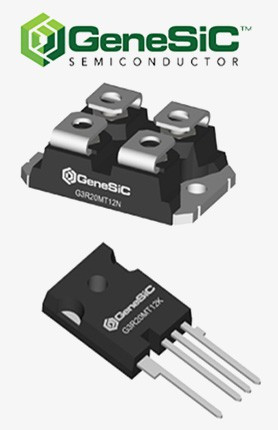
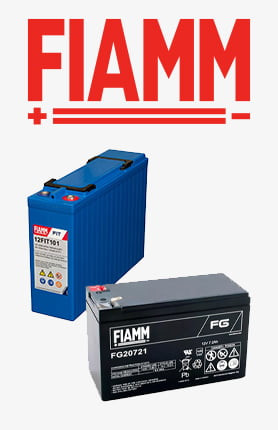

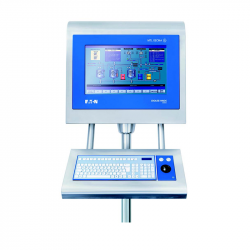
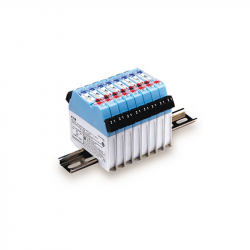
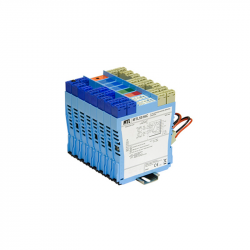
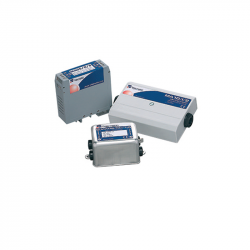
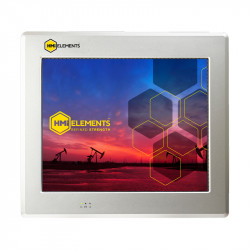
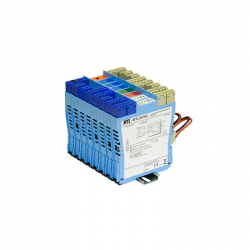
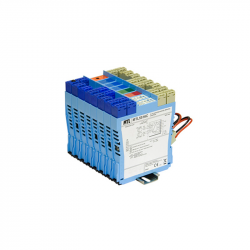

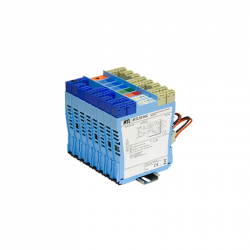
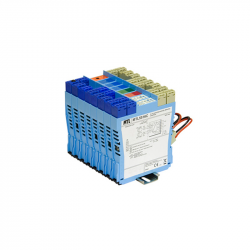
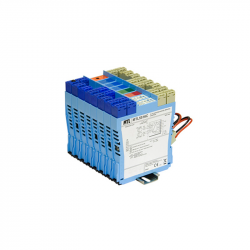
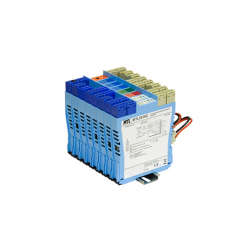

Leave a comment